Salmon is one of Scotland's biggest food exports, second only to whiskey. Unfortunately, this booming industry comes with a cost. The salmon we buy across Britain typically comes not from wild fish but farms, many of them located off the coast of Scotland. So, while wild salmon numbers reached a record low in 2018, in supermarkets, salmon was plentiful. In this article, we'd like to outline some of the issues surrounding salmon farming in Scotland and its impacts on wild fish populations and the wider ocean ecosystems.
Why are salmon important to the ecosystem?
The annual migration
Every year in autumn, Scotland's crystal clear salmon rivers and streams are transformed into a frenzy of fish leaping and swimming their way upstream to spawn in freshwater gravel beds, before returning to sea. In doing so, salmon help bring nutrients from the ocean ecosystem upstream into freshwater environments. Through excretion, spawning, death and decay, salmon directly affect the ecology of their freshwater environments and increase nutrient availability for algae, invertebrates and young salmon.
Prey for so many species
Salmon themselves are an important food source for an abundance of aquatic and terrestrial wildlife, such as otters, waterfowl and eagles. At sea, salmon are predated on by some of the ocean's top predators, such as sharks, dolphins and seals. They also have an interesting symbiotic relationship with a priority species in the UK Biodiversity Action Plan, the freshwater pearl mussel (Margaritifera margaritifera). Adult mussels filter water, improving the water quality and reproductive conditions for salmon, and salmon return the favour by providing a safe environment for mussel larvae to develop within their gills.
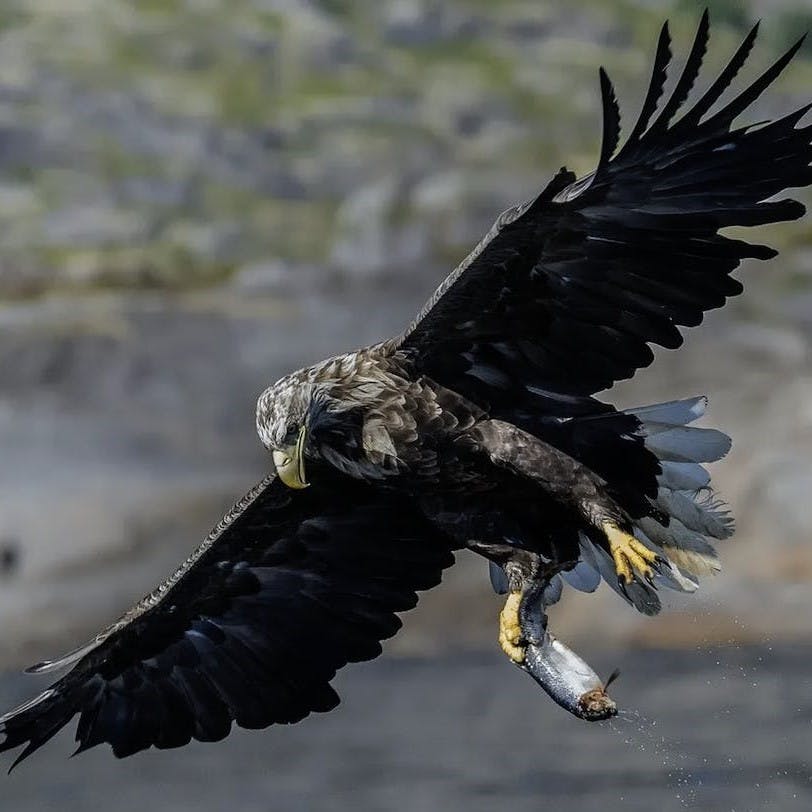
A Difficult Journey
Today, the number of Atlantic salmon (Salmo salar) making this arduous journey is a fraction of what it once was. As a result, anglers are now engaged in a voluntary scheme to release any salmon caught in Scotland's glens, but many sources argue that the problem is out at sea. Though dams and weirs are known to obstruct migratory routes of salmon, at sea, they’re facing a combination of severe threats. Climate breakdown, a diminishing food supply and commercial salmon farming are all threatening the survival of Scotland’s iconic salmon.
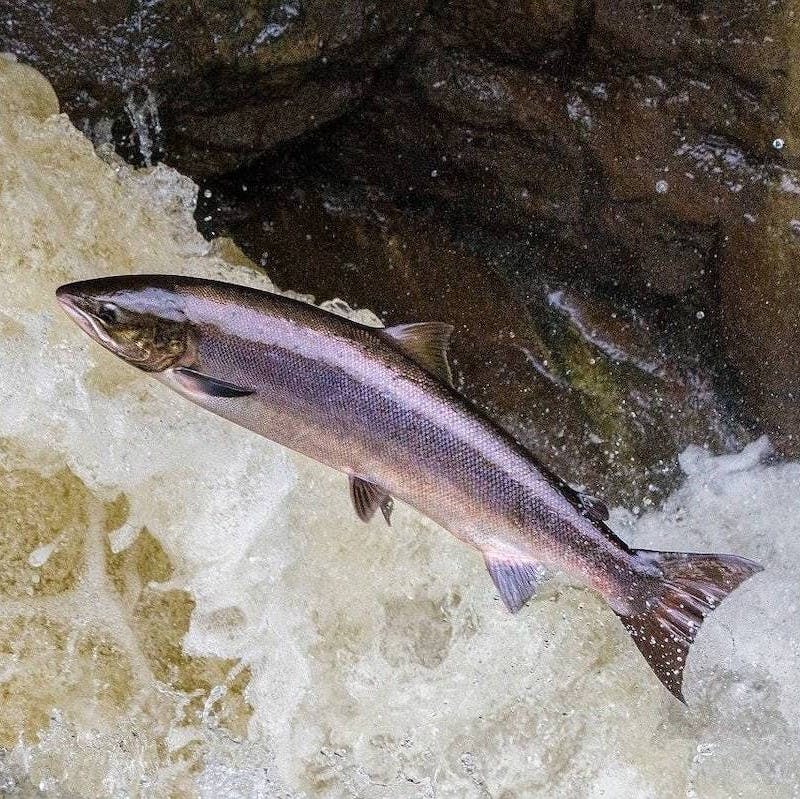
Current Wild Populations
While it is difficult to find a figure for the accurate number of wild salmon, data collected on the number of salmon caught by anglers shows populations of North Atlantic salmon have declined by over 80%. Salmon caught by anglers in Scottish waters have too seen massive reductions. In 2019, the reported amount of wild salmon was 47,515 - the 4th lowest number recorded. This follows the year before when the lowest ever number of Scottish wild salmon caught was recorded 37,196.
Statistics highlight this is a 67% reduction in wild salmon numbers from the average of the 5 preceding years and is simply a continuation of the downward trend salmon populations have seen since the 1970’s. Some conservationists have compared the salmon to “the canary in the mines” telling us that something is very seriously wrong and although killing coastal wild salmon was banned in 2016, the populations continue to remain on the edge.

Farmed Salmon Populations
Salmon farming has a long history in Scotland with experiments into aquaculture dating back to the 1800’s, however, the first year salmon was commercially farmed in Scotland was 1971, which saw a total of 14 tonnes produced and sold. Along with the rest of the world, the industry in Scotland has seen truly enormous growth with more and more farms appearing.
Today there are over 200 salmon farms dotted around the Scottish coast, together producing around 150,000 tonnes of salmon every year. An adult salmon weighs approx. 4 pounds. With 2000 pounds in a ton, it takes 500 adult salmon for a single ton. 75,000,000 is a ballpark figure for the numbers of salmon who are produced in these farms for consumption each year.
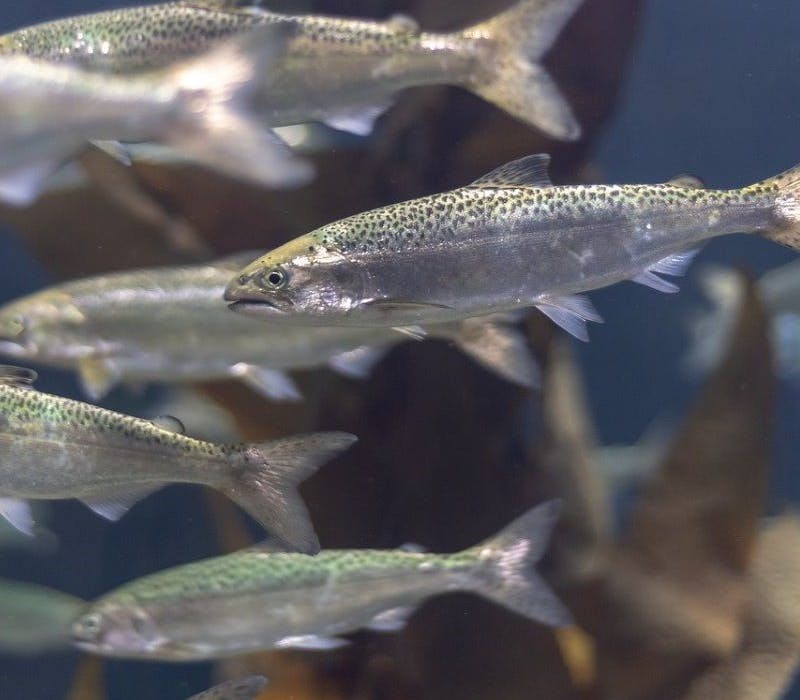

Take action now
Do you want to have a direct impact on climate change? Sir David Attenborough said the best thing we can do is to rewild the planet. So we run reforestation and rewilding programs across the globe to restore wild ecosystems and capture carbon.
Get involvedThe impact of Farms
Salmon farming in Scotland has overrun the oceans off the West Coast and Western and Northern Isles of Scotland. With the longest coastline on the British Isles, Scotland's ocean habitats are precious. Now, some of the most important areas for wild salmon and sea trout in Scotland are shared with thousands of farmed salmon. They’re kept in open-net pens that allow fresh water to flow in and faeces, diseases, uneaten food, chemical treatments, medicines, and sometimes even fish themselves, to flow out into the wider ecosystem.
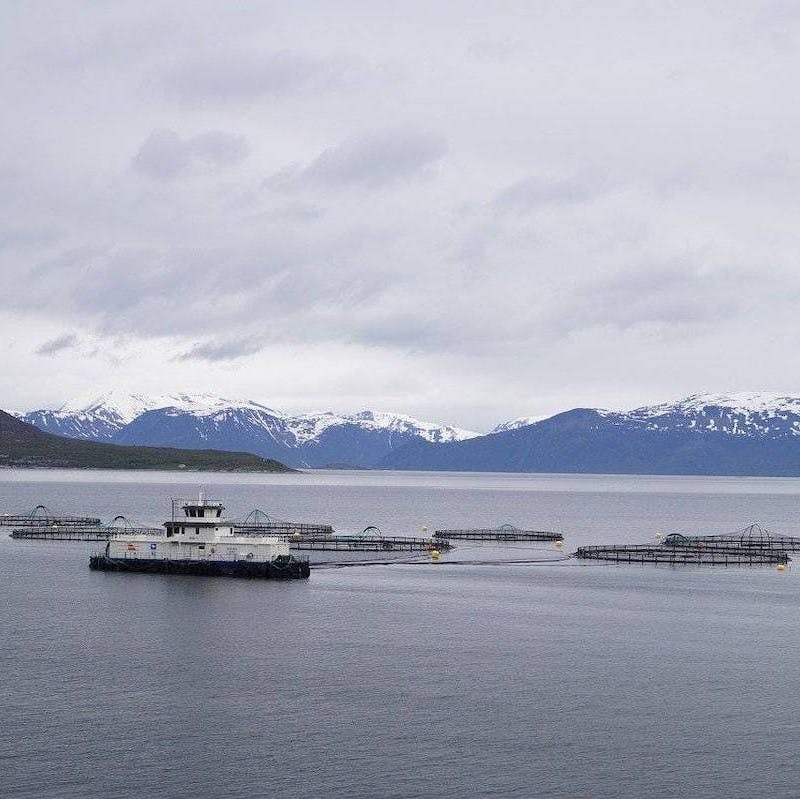
Sea Lice
With thousands of fish in each pen, salmon farms can act as a breeding ground for diseases and pests, in particular, sea lice. Almost half of the salmon farms in Scotland are infested with the common salmon louse (Lepeophtheirus salmonis). The louse causes skin lesions and heavy infestations can result in death. This is a particular problem for wild salmon and trout as farms are often located in areas inhabited by these species.
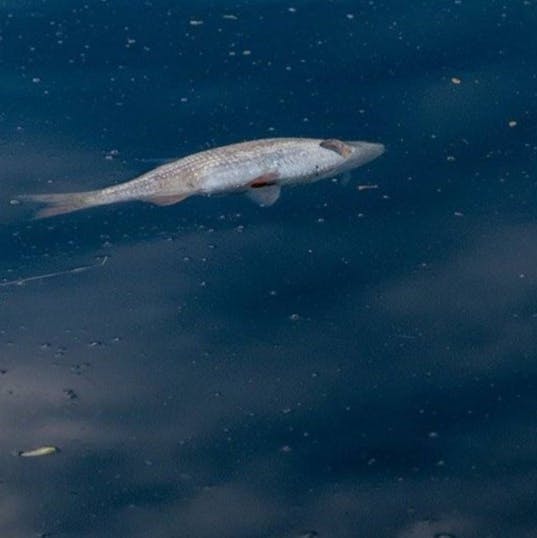
Pollution
Antibiotics and pesticides are often used to manage sea lice and other diseases. These chemicals can flow out of the pens and into the surrounding waters, threatening the health of Scotland’s coastal ecosystems and the wildlife that lives there. According to some sources, the levels of chemicals used to kill sea lice have breached environmental safety limits more than 100 times in the last 10 years.
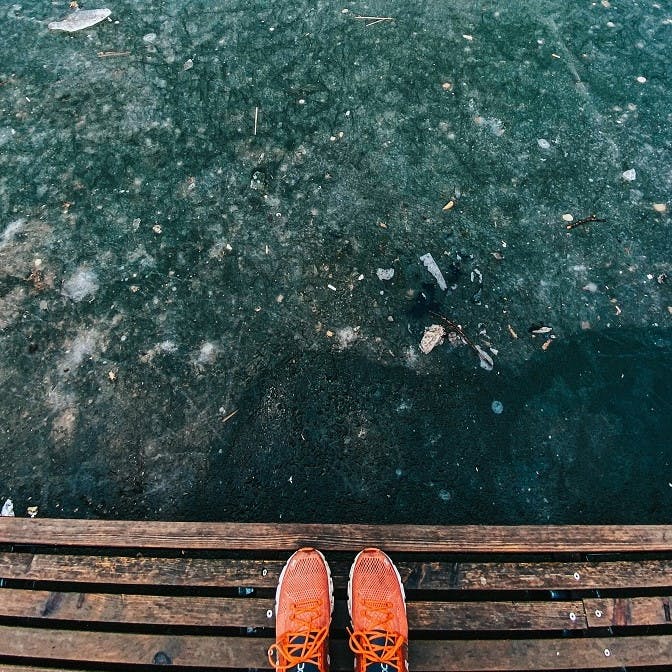
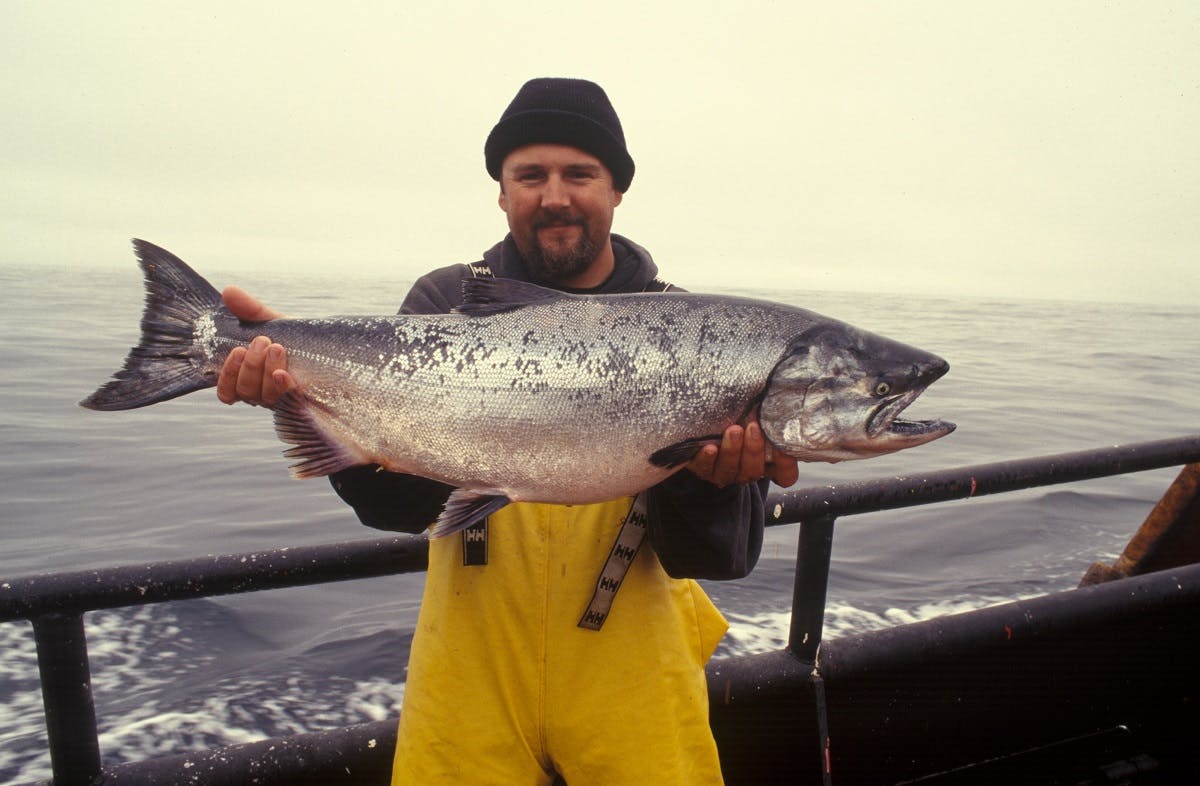
Wild Harvests
Farmed salmon are also often fed with small fish, such as anchovies, herring and sardines, harvested from the wild. Wild wrasse is also harvested for use as cleaner fish to control sea lice numbers. Though it's argued that farmed fish are more sustainable because they’re not harvested from wild populations, it's likely that they're still contributing to the depletion of other wild fish populations.
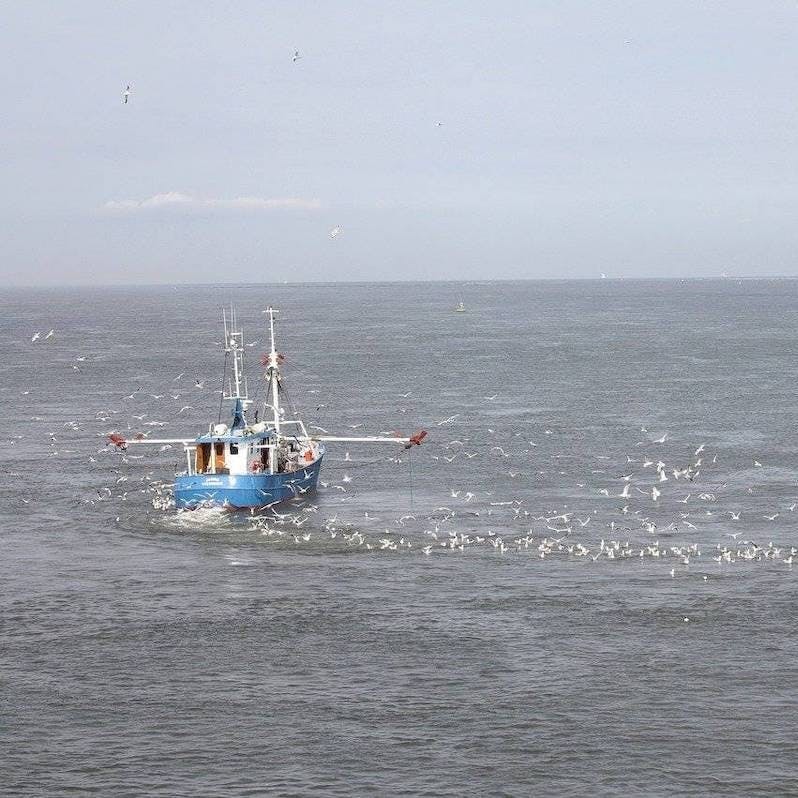
Genetic Mixing
Occasionally, fish can escape from farms and enter the ocean ecosystems. These fish can spread disease, compete for food and habitat, and cross-breed with wild salmon. In doing so, they dilute the gene pool of wild salmon, which are adapted to local conditions, and reduce the fitness of wild populations.
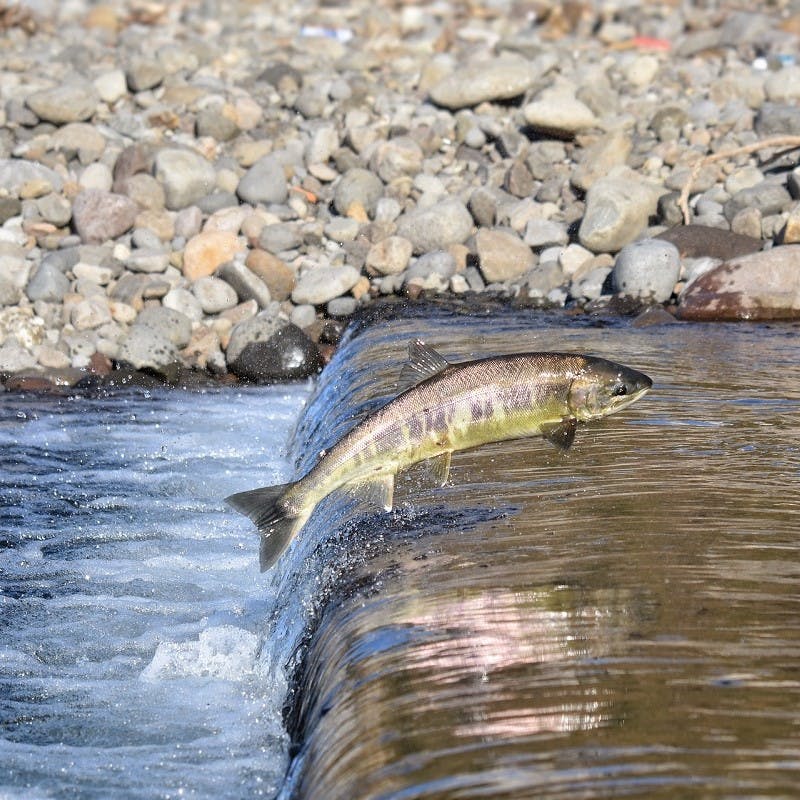
Making a difference
Many of the threats impacting wild salmon populations, like climate breakdown, will take time to rectify. Unsustainable farming, on the other hand, is comparatively easy to solve. It is vital that salmon farms address the issues outlined above and adapt quickly to safeguard the survival of salmon in Scotland. As consumers, we also have an opportunity to make a big difference, by consuming more consciously and sustainably. Along with many other species of fish, salmon are facing considerable threats, but there is a lot we can do to change things for the better.
In regards to still eating salmon, this is up to you but by learning more about where products come from and weighing up the pros and cons, you will make more informed decisions. If you need guidance on certifications of sustainability, our guide on a pescatarian diet reviews a list of reliable sources. However, deciding it’s not for you doesn't mean missing out as there are plenty of great quality fish alternatives without the environmental cost. Within the Diet section of our low impact living guides you will find a range of guides on such diets, for example Going Vegan and Edible Insects.
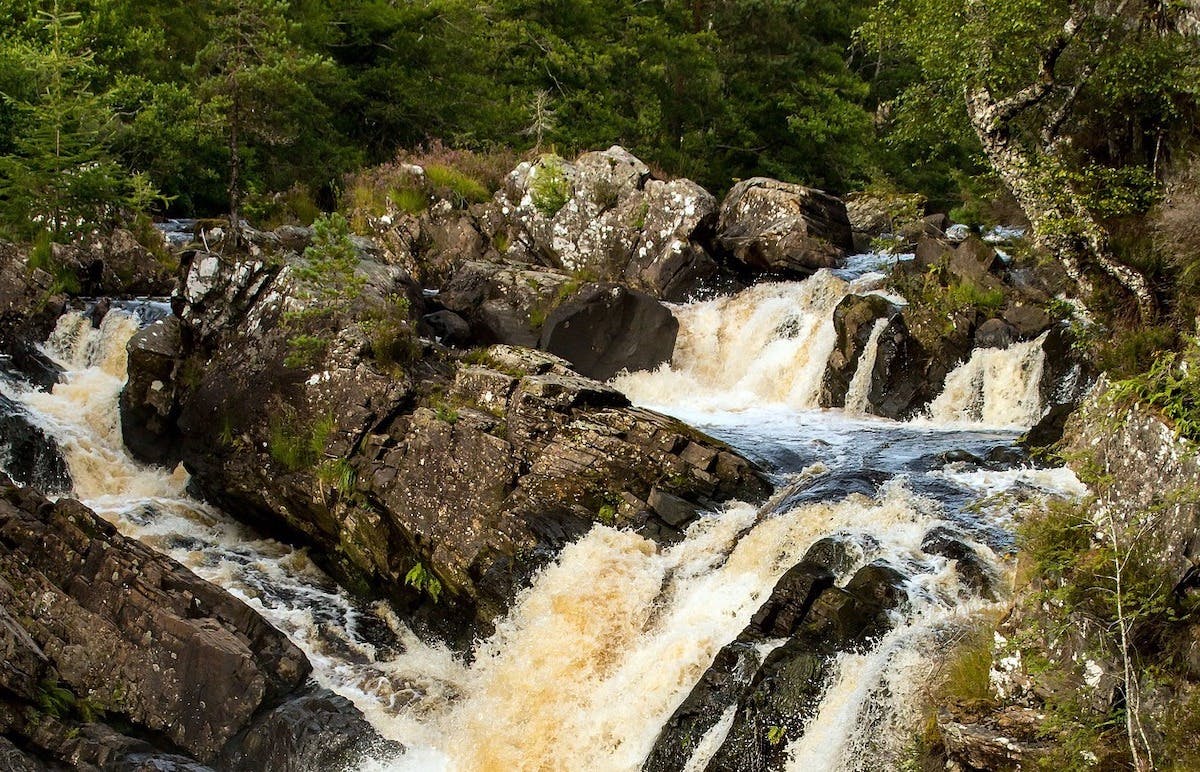
Glossary of terms
Climate Breakdown: Referring to the irreversible changes to the climate that are a direct result of human activity. It is a term that moves away from global warming and highlighting the urgency of action as unpredictable weather changes will become more common place.
Ecology: The relationships different organisms have with each other, as well as their physical environment. The study of ecology is all about these connections and the impacts they have.
Ecosystem: A community of biological organisms such as animals, plants, fungi and how they interact with one other and the environment they live in. An ecosystem has biological, physical and chemical components and come in endless forms.
Gene Pool: The combination of all the genetic diversity that exists in a population of a species. Having a diverse and healthy gene pool is necessary for the overall health of a species whereas low genetic diversity, as a result of small populations who are too closely related to each other, can leave a species unable to handle the stresses from the environment.
Symbiotic Relationships: An interaction/connection between 2+ species where both benefit from the exchange. Often one party is smaller than the other and may live on or inside the larger and has a shorter life expectancy. The smaller organisms are the symbiont and the larger are the hosts.
Sources & further reading

- “A Global Assessment of Salmon Aquaculture Impacts on Wild Salmonids” - Plos Biology
- “Assessing and Managing the Impacts of Marine Salmon Farms on Wild Atlantic Salmon in Western Scotland: Identifying Priority Rivers for Conservation” - Wiley Online Library
